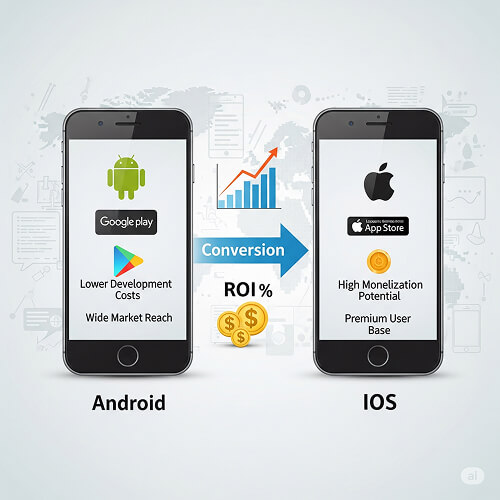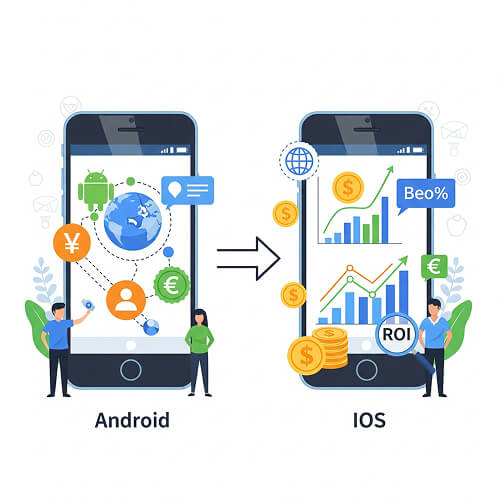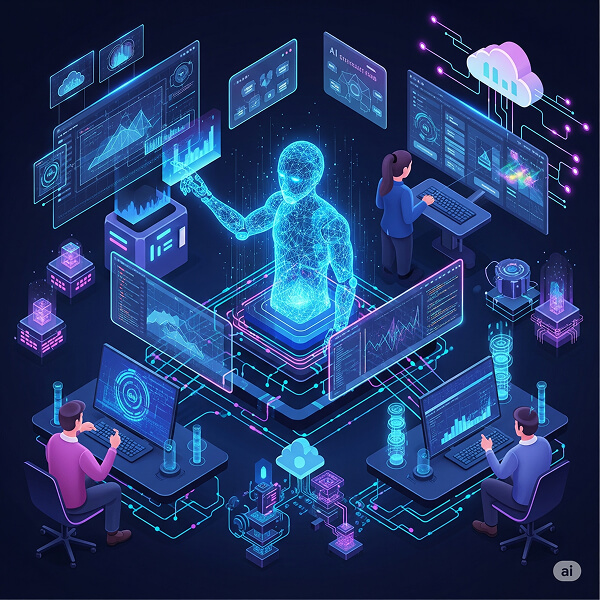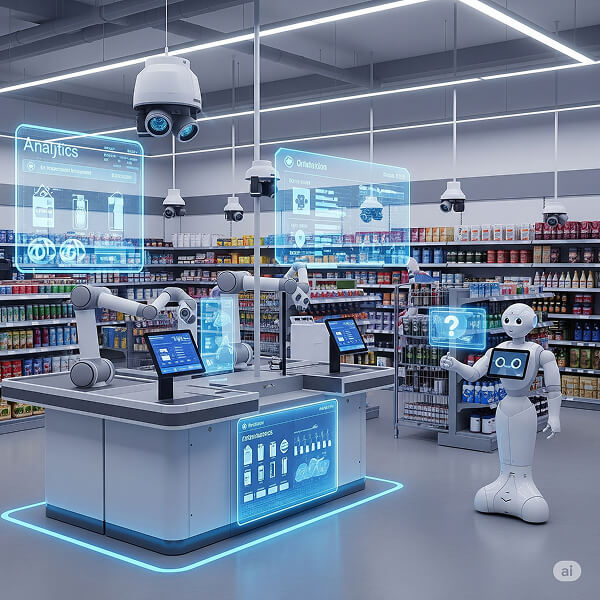How Can Companies Optimize ROI by Converting Android Apps to iOS (or Vice Versa)?

Introduction
In today’s mobile-first landscape, companies aiming to maximize their mobile app ROI must consider platform expansion. With Android dominating in user volume and iOS leading in revenue generation, converting your app from Android to iOS (or vice versa) can be a strategic move to reach a broader audience and boost profitability. This blog explores how app conversion can be a growth catalyst, helping businesses lower acquisition costs and increase user engagement across platforms.
Understanding Android to iOS App Conversion (or Vice Versa)
App conversion refers to the process of adapting an existing mobile application to operate on a different platform. Whether moving from Android to iOS or the reverse, this process involves more than just copying code. It includes reworking the UI/UX, adapting to platform-specific APIs, and ensuring functional parity across devices. Successful app conversion demands expertise in both Android and iOS app development to maintain performance and user satisfaction.
Top Reasons to Convert Android Apps to iOS (or Vice Versa)
- Reach a wider audience: Tap into new user segments by expanding your presence to another platform.
- Increase revenue potential: iOS users typically have higher lifetime value, while Android's larger user base can fuel ad-driven revenue models.
- Improve brand presence: Being available on both platforms builds credibility and trust with users.
- Maximize previous investments: Reusing assets and backend systems speeds up time-to-market and reduces development costs.
How App Conversion Improves ROI

While AI offers numerous benefits, it also introduces potential vulnerabilities and unintended consequences. Here are the top risks associated with integrating AI into the development pipeline:
- Over-Reliance on AI Tools
Over-reliance on AI tools may reduce developer skills and code quality:- - A decline in critical thinking and analytical skills.
- - Propagation of inefficient or insecure code patterns.
- - Reduced understanding of the software being developed.
- Bias in Machine Learning Models
AI and ML trained on biased or incomplete data can produce skewed results:- -Applications may produce discriminatory or inaccurate results.
- -Risks include brand damage and legal issues in regulated sectors like retail or finance.
- Security Vulnerabilities
AI-generated code may introduce hidden bugs or create opportunities for exploitation:- -Many AI tools scrape open-source data, which might include insecure or outdated libraries.
- -Hackers could manipulate AI-generated models for malicious purposes.
- Data Privacy and Compliance Issues
AI models often need large datasets with sensitive information:- -Misuse or leakage of data can lead to compliance violations (e.g., GDPR).
- -Using tools like Google AI Chat or OpenAI Chatbots can raise data storage concerns.
- Transparency and Explainability Challenges
Understanding AI, especially deep learning decisions, is challenging:- -A lack of explainability complicates debugging processes.
- -There are regulatory issues in industries that require audit trails (e.g., insurance, healthcare).
AI and Its Influence Across Development Phases

Planning & Design: AI platforms analyze historical data to forecast project timelines and resource allocation.
Risks: False assumptions from inaccurate historical data can mislead project planning.
Coding: AI-powered IDEs and assistants suggest code snippets, auto-complete functions, and generate boilerplate code.
Risks: AI chatbots may overlook edge cases or scalability concerns.
Testing: Automated test case generation using AI ensures broader coverage in less time.
Risks: AI might miss human-centric use cases and unique behavioral scenarios.
Deployment & Maintenance: AI helps predict failures and automates software patching using computer vision and ML.
Risks: False positives or missed anomalies in logs could lead to outages.
The Role of AI in Retail, RPA, and Computer Vision

Industries such as retail and manufacturing are increasingly integrating AI.
- In Retail: AI is used for chatbots, customer data analytics, and inventory management tools, enhancing personalized shopping experiences through machine learning and deep learning.
- Risk: Over-personalization and surveillance-like tracking raise ethical concerns.
- In RPA: Robotic Process Automation tools simplify repetitive back-end tasks. AI adds decision-making capabilities to RPA.
- Risk: Errors in automation can lead to large-scale operational failures.
- In Computer Vision: AI is applied in image classification, facial recognition, and quality control.
- Risk: Misclassification or identity-related issues could lead to regulatory scrutiny.
Navigating the Risks: Best Practices
To safely harness the power of AI in development, businesses should adopt strategic measures, such as establishing AI ethics policies and defining acceptable use guidelines.
By understanding the transformative power of AI and proactively addressing its risks, organizations can better position themselves for a successful future in software development.
Key Recommendations:
- Audit and regularly update AI datasets to avoid bias.
- Use explainable AI models where possible.
- Train developers on AI tools while reinforcing core engineering skills.
- Ensure AI integrations comply with data protection and security standards.
Final Thoughts: Embracing AI While Staying Secure
AI, ML, and DL have revolutionized software development, enabling automation, accuracy, and innovation. However, they bring complex risks that require careful management. Organizations must adopt a balanced approach—leveraging the strengths of AI platforms like GPT chat AI, open chat AI, and RPA tools while maintaining strict oversight.
As we move forward, embracing AI in a responsible and informed manner is critical. From enterprise AI adoption to computer vision applications, businesses that align technological growth with ethical and secure practices will lead the future of development.
